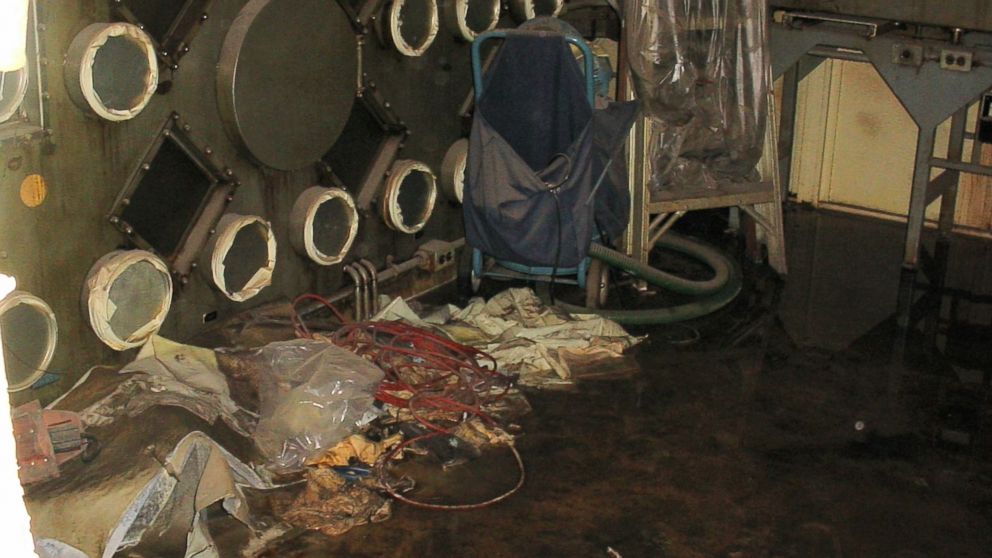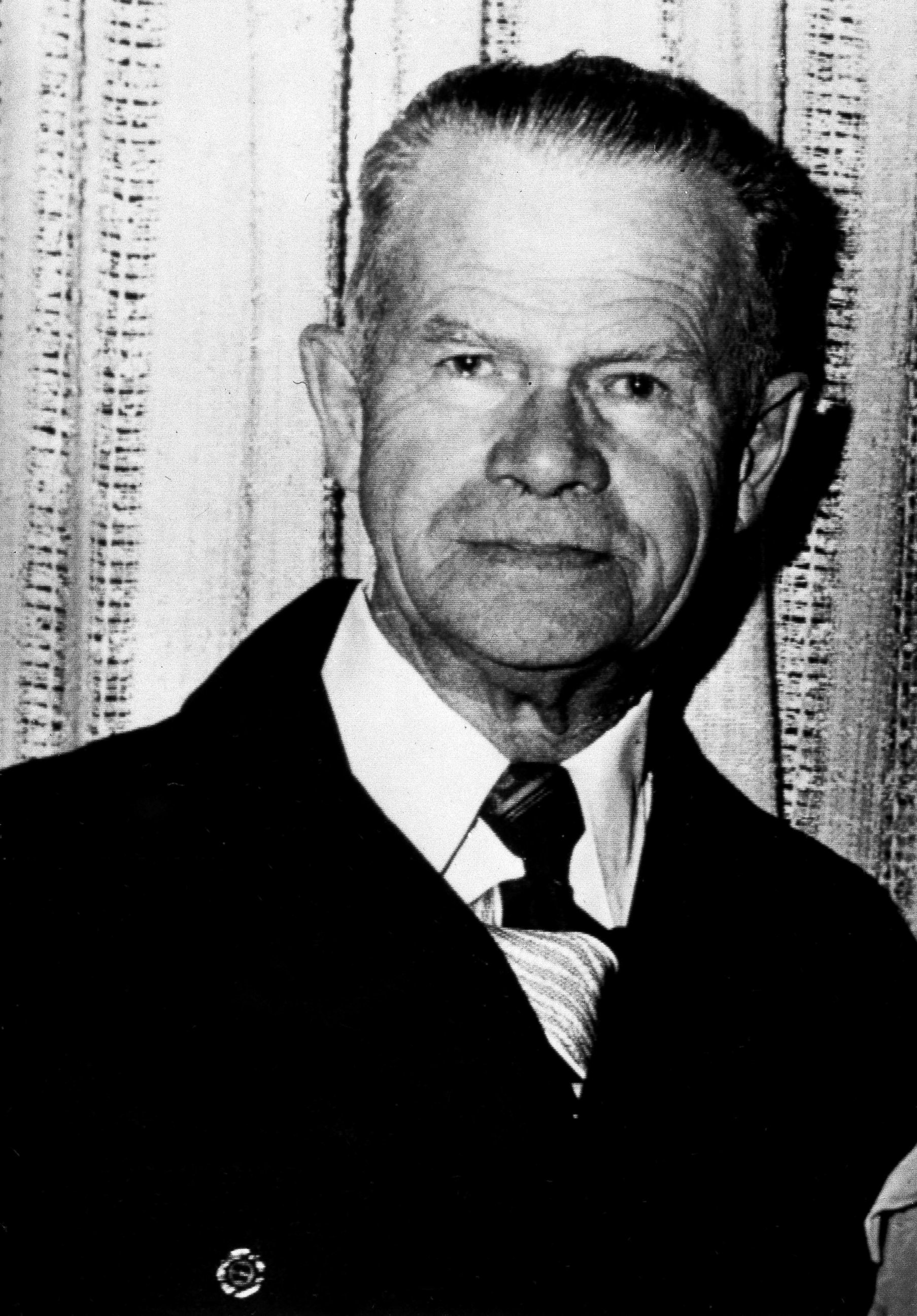How Workers Will Clean the Site of 'Atomic Man' Nuclear Accident
Workers prepare to enter the site.
— -- Environmental clean-up workers are preparing to enter and clean out a room at a nuclear power plant where a 1976 blast left a worker with gruesome injuries and levels of radiation so high he was dubbed the "Atomic Man."
The McCluskey Room, perhaps one of the most dangerous rooms at the Hanford Nuclear Reservation in Spokane, Washington, has been left largely untouched since a chemical reaction sprayed its namesake, Harold McCluskey with 500 times the safe dosage of nitric acid and radioactive americium.
While workers entered the room for the first time since the accident in 2010, the Department of Energy has given the go-ahead for beginning the decontamination and clean-up process, with the end goal of preparing the Plutonium Finishing Plant for demolition within the next two years.

When workers enter the room this summer and begin the clean-up process, they'll suit up to protect themselves from airborne radioactivity, poor ventilation and surface contamination.
According to the Department of Energy, the specialized team assigned to the McCluskey Room prepared for the task by visiting a similarly contaminated site in Idaho where they observed the use of state-of-the-art protective suits and procedures.
The bubble-like suits the team will wear as they clean the McCluskey Room are resistant to abrasion, allowing them to stay protected from the lingering contamination in the room.
A device inside the suit will monitor air quality, while an air system will continually pump cool air for comfort and breathing inside, allowing workers to work for up to two hours at a time, according to a video from the Department of Energy.
Once inside, they will get to work removing remaining glove boxes, pipes and tanks to prepare that area of the plant for demolition
Hanford had been used to make plutonium for nuclear weapons for decades.

McCluskey, 64, a chemical operations technician, was working in the room that now bears his names when a chemical reaction caused a glass glove box to explode.
His bloodied body was so hot that when he arrived via ambulance at a decontamination center, he was removed by remote control and taken to a steel and concrete isolation tank.
Doctors pulled glass and metal from his skin, while nurses bathed him three times a day and shaved his entire body.
McCluskey's body miraculously reached an acceptable radiation count one year later and he was allowed to return home.
According to the Department of Energy, "Atomic Man" died 11 years later of causes unrelated to the accident.




